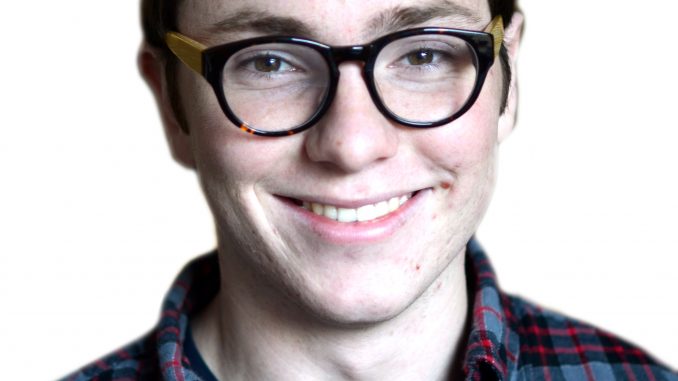
 The onslaught of recent inclement weather has been costly and devastating, even on a scale as small as Main Campus.
The onslaught of recent inclement weather has been costly and devastating, even on a scale as small as Main Campus.
Rutgers professor Jennifer Francis said in a Yale Forum on Climate Change and the Media video that even though harsh weather can’t always be tied directly to climate change, it is “completely consistent with the kinds of patterns that we expect to see more frequently as the arctic continues to warm.” According to DeSmogBlog.com, out of almost 14,000 peer-reviewed articles on climate change from 1991 to 2012, only 24 rejected the claim.
The real debate is whether these crazy climatic patterns are natural or anthropogenic – meaning caused by human pollution or an environmental cycle, respectively. It seems obvious that humans have played a significant role, meaning climate change should be considered as important on Main Campus as it should be globally.
Recent reports by the United Nation’s Intergovernmental Panel on Climate Change depicted a harsh testament to reality. Our recent actions have lead to “atmospheric concentrations of carbon dioxide, methane and nitrous oxide [greenhouse gases] increasing to levels unprecedented in at least the last 800,000 years.” Additionally, the report states carbon dioxide concentrations have increased “by 40 percent since preindustrial times, primarily from fossil fuel emissions and land use.”
The IPCC said natural changes in solar radiation haven’t increased global temperatures. Indicatively, it is our fault and the changes are rampant, inspiring necessity to act now.
For the first time on record, as Francis noted, rain fell on the northern slope of Alaska in December. An Anchorage NBC News team reported that temperatures “hit 52 [degrees] in [Alaska’s] Denali Park, [the] highest temperature ever in a January.”
This escalating heat leads to the melting of ice caps. Climate Central warns there could be a maximum sea level rise of 7 feet, while nearly 5 million people live less than 4 feet above sea level in the United States. This has drastic economic implications – another reason we cannot sit back.
The correct term is global climate change, because drastic freezes are also a side effect. For the first time, four storms with accumulations greater than 6 inches struck Philadelphia in one season. It has been one of the Top 5 snowiest winters ever, according to CBS Philly.
With more than 50 inches of snow so far, effects of climate change are noticeable on Main Campus. Three unusual school closings, late arrivals and early shutdowns have forced Temple to pay up. After preparations, plowing and shoveling, the school dumped almost 200,000 pounds of salt and spent almost $200,000 in the process.
Freezing weather and snowstorms are expected in winter. But what’s more troubling is that from Dec. 21-23, record-high temperatures were set, reaching an astonishing 68 degrees. And just a week later, record-setting lows swept in. The IPCC states, “Anthropogenic influences have contributed to observed increases in atmospheric moisture.” Last summer, Philadelphia saw more rain than ever, totaling just under 30 inches.
Also oddly characteristic of climate change, Niagara Falls froze for the second time this year, while northern Australia and parts of North America are continually bombarded by drought and wildfires. This marks one of the longest droughts the western United States has ever seen, lasting more than three years and impacting the costs of produce nationwide.
If global climate change is creating expensive issues, we need solutions. Fortunately, there are national and local attempts to cut pollution.
Temple has a plan to improve its footprint by 2020, included in the 20/20 development plan advertised by the university. The Science Education and Research Center and the new library, which will begin construction next year, will cut down on carbon usage. Already, Temple has five energy-efficient, LEED-certified buildings. Using natural lighting in Pearson, McGonigle and Morgan halls, solar panels on the football practice facility and utilizing low-flow toilets in places such as the Architecture Building, Temple is already on its way to reducing pollution.
Accountability shouldn’t just lay on the administration. Try to switch to energy-efficient light bulbs. Maybe some landlords will even supply them, like mine did. Remember to unplug and turn off electronics when they’re not being used. Try eating locally-sourced foods, like at Qdoba or some sandwiches at 7-Eleven. Another great way to save money and the environment is to turn off the heat or air conditioning when no one is in the house.
It is our job to cut energy consumption, too.


Be the first to comment